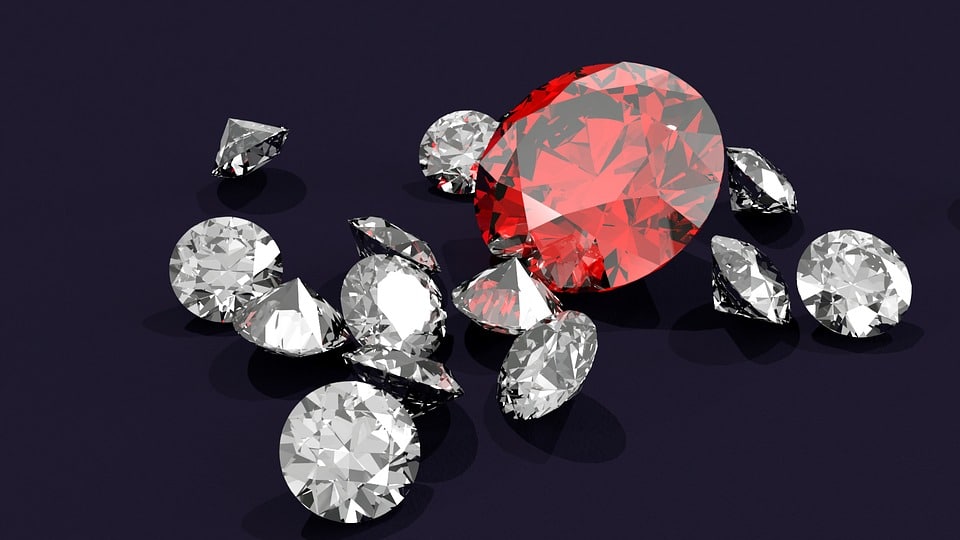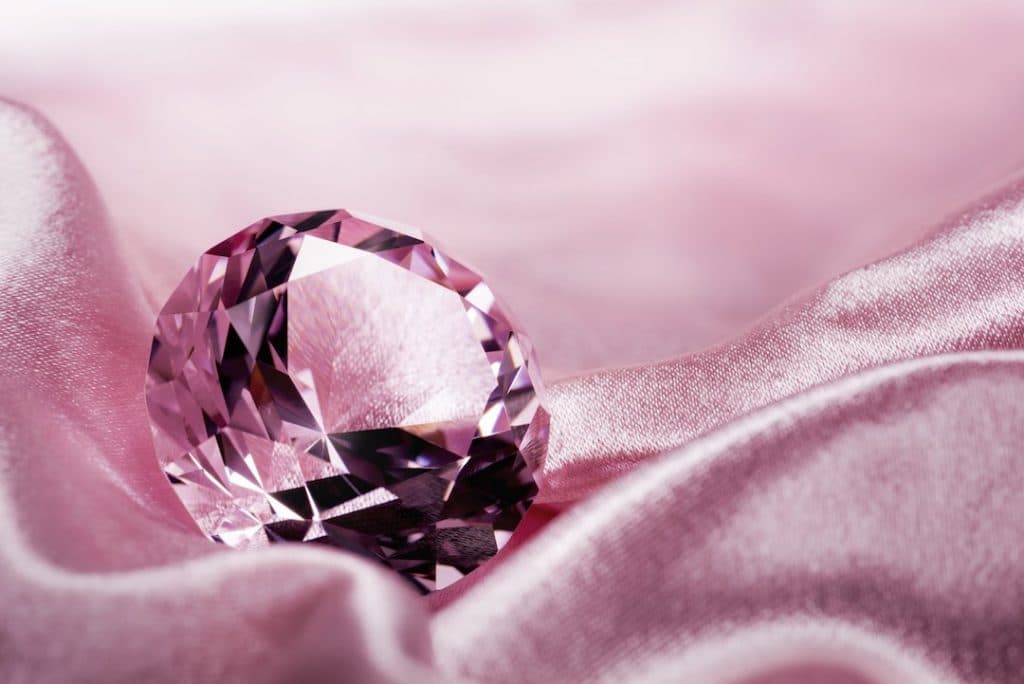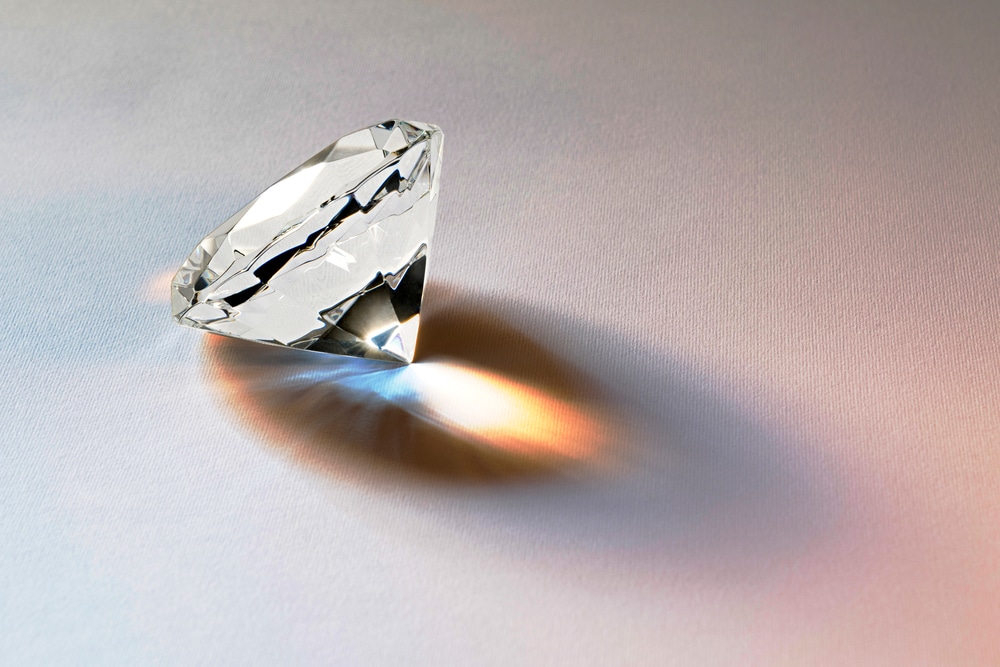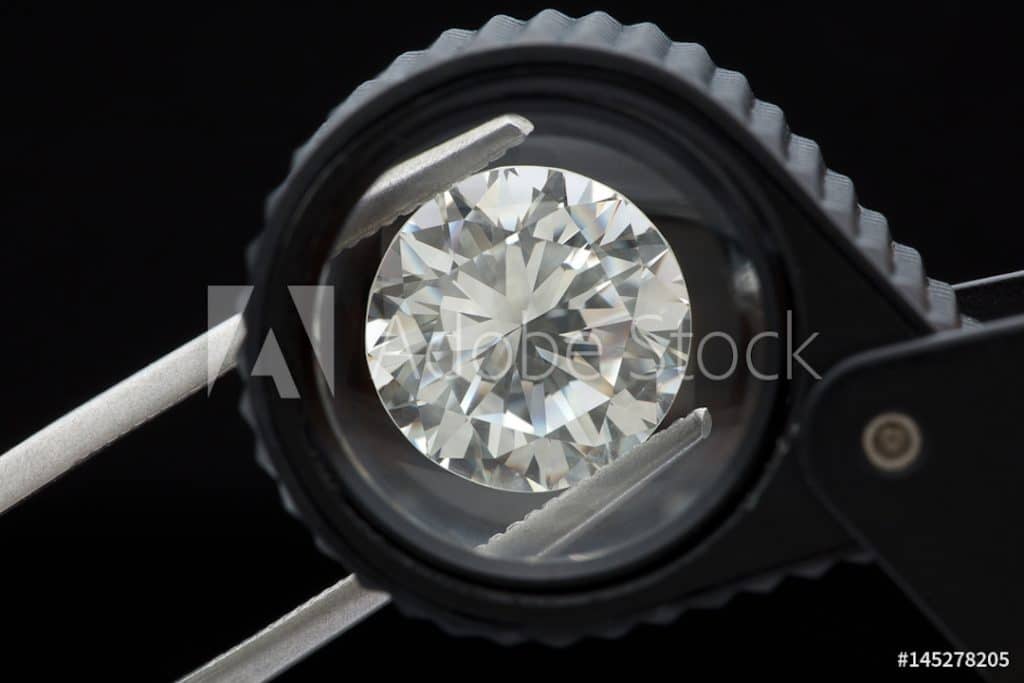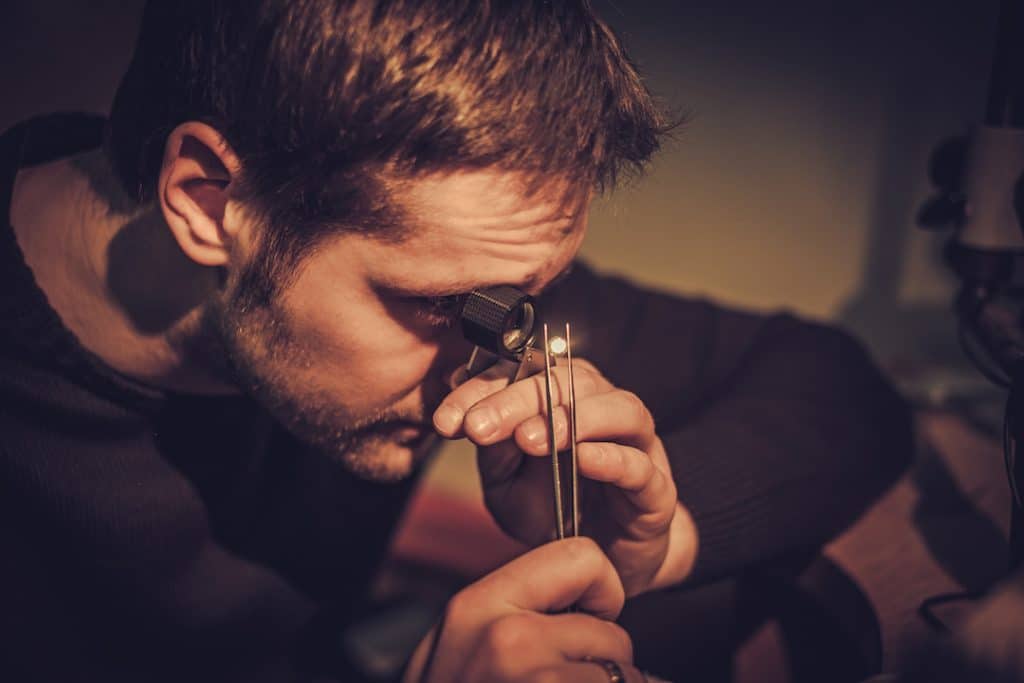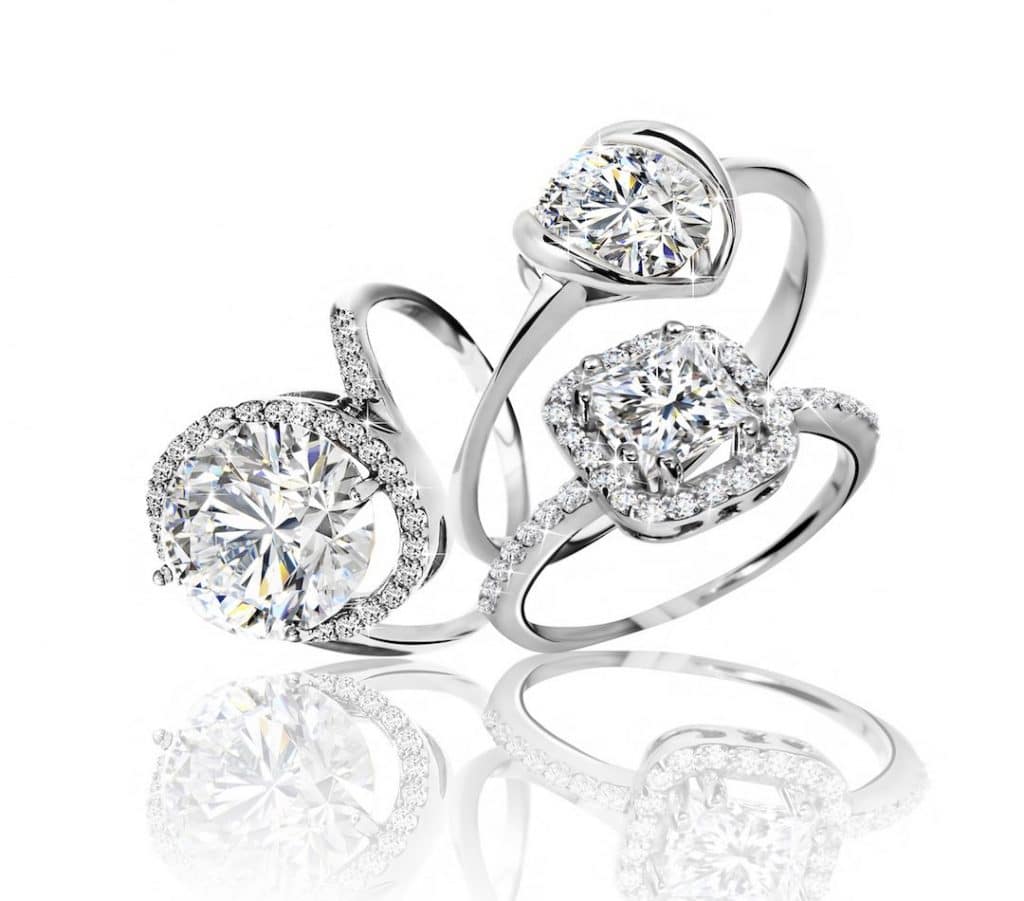Learning about the Sapphire Gemstone (And Why You Should Consider it Again)
Sapphire Gemstone Color
Pink sapphires range from red to purple with weak to vivid color saturation and lighter tone. Purple sapphires are similar in color but darker and always have purple as the dominant color. They range from medium to dark reddish purple to violetish purple with weak to vivid color saturation.
Corundum appears in an array of yellow and orange hues that includes bright lemon, soft peach, and vivid tangerine.In specific color terms, yellow sapphires range from light to dark greenish yellow to orangy yellow with weak to intense color saturation. The finest yellow sapphire is yellow to orangy yellow with vivid saturation.Orange sapphires range from yellowish orange to reddish orange. The finest orange sapphires are strong, pure orange to red-orange with medium tone and vivid saturation.
These sapphires range from yellow to a deep yellow-orange color called golden to highly saturated reddish orange. – © GIA & Tino Hammid, courtesy Varujan Arslanyan
Green sapphires range from light to dark bluish green through yellowish green, and are usually low in saturation. Green sapphire is readily available, but its color isn’t very marketable. Its color is sometimes described as khaki or olive. That’s because the stones tend to have low saturation or unattractive color zoning.
People in the trade refer to corundum in its purest form as either colorless sapphire or white sapphire. The closer corundum comes to having no color, the more valuable it is as a colorless sapphire. Traces of extremely light gray, yellow, brown, and blue are common, and reduce the value. Colorless sapphires have been popular as small accent stones in jewelry.
Color-change sapphires are corundum’s chameleons—stones that change color under different lighting. Under daylight equivalent (fluorescent) light, the typical color-change sapphire’s basic color ranges from blue to violet. Under incandescent light, it ranges from violetish purple to strongly reddish purple. Some rare color-change sapphires change from green in daylight to reddish brown in incandescent light.
When gem experts judge color-change sapphires, they describe the color change as weak, moderate, or strong. The strength of the stone’s color change is the most important quality factor affecting its value, followed in importance by the actual colors of the stone.
As with all colored stones, the color of star corundum has a great effect on its value. The best star corundum has a crisp, distinct star against strongly saturated color. If the color is too light, it doesn’t provide enough contrast for the star’s rays, and the star will be less visible.
Star corundum can be red, blue, black, gray, purple, or yellow—practically every color under the sun. The term “star sapphire” encompasses all colors of star corundum except red, which is called star ruby.
Naturally, some colors of star corundum are valued more highly than others. In general, the most prized colors are the same as the colors most valued in non-phenomenal corundum: red and blue.
Trade terms based on sources can represent certain colors and qualities that are associated with a stone’s source. The qualities might be typical of that source or they might represent the finest stones from that source. But a single source never consistently yields gems that are all the same color and quality. In fact, the descriptive term might represent only a small percentage of stones from that source. The appearance of stones from a particular source often varies over time, and the original quality associated with that source might no longer match the material produced.
New sources can produce material very similar to that from classical sources or with a slightly different, but just as beautiful, appearance.
Sapphire Gemstone Clarity
Blue sapphires typically have some inclusions, but they generally have better clarity than rubies. Blue sapphires with extremely high clarity are rare, and very valuable.Several types of inclusions are found in sapphires. Among these are long thin mineral inclusions called needles. Fine needles are called silk when they occur as the mineral rutile in intersecting groups. Other clarity characteristics in sapphire are included mineral crystals, partially healed breaks that look like fingerprints, color zoning, and color banding.
The finest star is distinct, centered on the top of the stone, and visible from a reasonable distance, about arm’s length. The star’s quality should be the same when viewed from all directions.
The rays should be uniform in strength, reach from one side to the other, and intersect at the top of the stone. They should be straight, not fuzzy, wavy, or broken, and they should contrast strongly against the background color. The star should also have elegant “movement.” This means that, as you rock the stone, the star should move smoothly across the surface with no dead spots
Sapphire Gemstone: Cut
The shape of a rough sapphire crystal influences the finished stone’s shape and size. Rough sapphire’s most common crystal form is a barrel- or spindle-shaped hexagonal pyramid. For this reason, finished sapphires are often deep.
To achieve the best overall color, maintain the best proportions, and retain the most weight possible, cutters focus on factors like color zoning, pleochroism, and the lightness or darkness of a stone.
These sapphires are miniature works of art that have been expertly cut into custom designs. – Courtesy Mark Gronlund, Umatilla, Florida
In Sri Lankan sapphires, the color is often concentrated close to the surface of the crystal. If a cutter can orient the culet within the concentrated area of color, the stone will appear entirely blue in the face-up position.
Star corundum must be cut as a cabochon to display asterism. A finished stone’s attractiveness depends on the star’s orientation and the cabochon’s symmetry, proportions, and finish.The cabochon must have an appealing appearance, with the star properly centered when the gem rests on its base. The stone’s outline should be symmetrical.For most stones, the dome should be fairly high—about two-thirds of the stone’s width—to focus the star sharply. If it’s too high, the phenomenon loses its graceful motion when the stone is tilted. Excessive height also makes the stone difficult to mount.If the dome is cut too shallow, the star will be visible only from directly above. Black star sapphires, however, are prone to parallel breaks, so they’re usually cut very flat to reduce the risk of damage.
A stone should not have excess weight below the girdle that doesn’t contribute to the optical effect or reinforce color.
Sapphire Gemstone: Carat Weight
Blue sapphires can range in size anywhere from a few points to hundreds of carats, and large blue sapphires are more readily available than large rubies. However, most commercial-quality blue sapphires weigh less than 5.00 carats.
Large commercial-quality blue sapphires are more common than large fine-quality ones. As a result, size makes more of a difference in the price of fine-quality sapphire. A fine-quality 5.00 carat blue sapphire sells for approximately five times more per carat than the same-quality 1.00 carat stone.A commercial-quality 5.00 carat stone sells for only about twice as much per carat as a 1.00 carat blue sapphire of the same quality.These examples are not meant to be exact pricing guidelines, but to illustrate how much the per-carat price can go up as the size and the quality rise.

